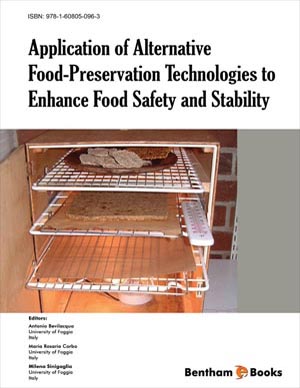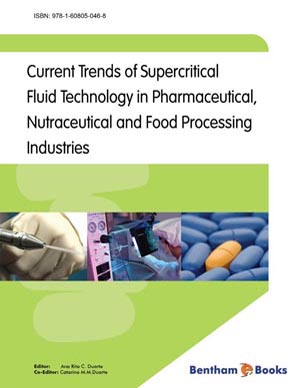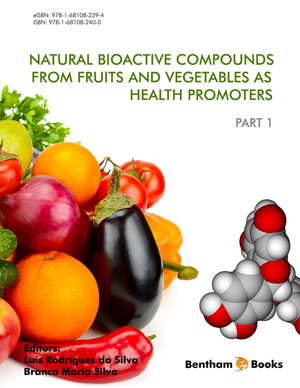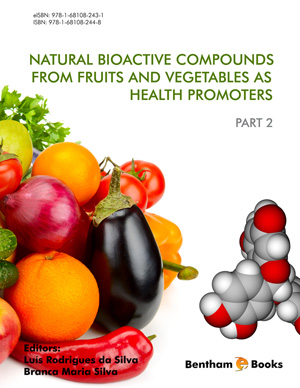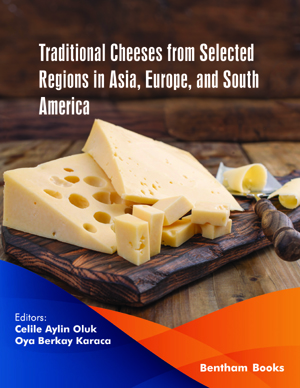Abstract
Several mechanisms cause deterioration of food and limit their shelf life: biochemical or microbial decay, chemical changes - especially oxidation (rancidity of fats, respiration of fruits and vegetables, discoloration, vitamin loss) -, physical deterioration (moisture migration, water loss or uptake). Therefore, food spoilage is a complex phenomenon, involving physical, chemical, microbiological and biochemical changes. As all involved factors and mechanisms operate interactively and often unpredictably, it is very difficult to predict shelf life of food products precisely. In addition, due to the high diversity of food products, there is no standard method for determining shelf life.
The sections of this chapter try to supply some key-concepts about food spoilage and food safety with a particular focusing on the microbiological aspects. A brief synopsis of the bacterial pathogens mostly involved with foodborne outbreaks and of the main spoiling microflora of foods is given. As there are several ways to detect microbial spoilage in foods, - i.e. the microbiological methods, chemical/physical/physiochemical methods, acceptability criteria, including sensory determinations (color, texture, odor, flavor and general appearance)-, some details for each kind of approach are reported.
Keywords: What is food shelf life, Foodborne pathogens, Food spoilage, Food structure.


